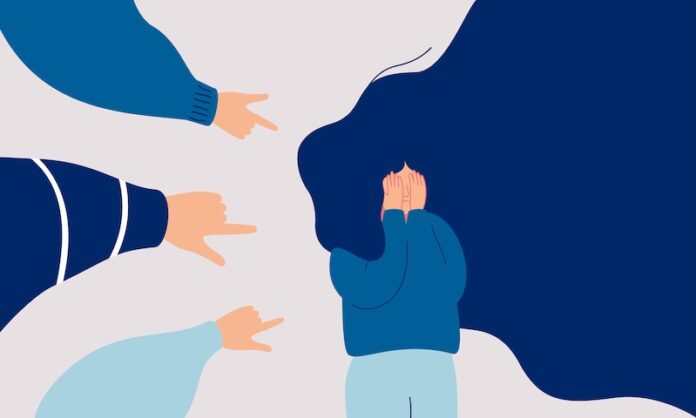One in five students between the ages of 12 and 18 suffer bullying, as face-to-face harassment moves behind the anonymity of online attacks, according to federal estimates. And a growing body of research is showing that bullying’s impacts spread far beyond the classroom, the personal finance website WalletHub warns in a new assessment.
Bullies and their victims both are more likely to experience poverty, struggle academically and lose jobs in adulthood. They are also more likely to commit crime and abuse drugs and alcohol. As for schools, they risk losing millions of dollars in attendance-based funding when students stay home to avoid being bullied, WalletHub reports.
The states that deal with bullying most effectively are those where research-based anti-bullying programs are easily accessible to schools, says Lori Latrice Martin, an associate dean at the College of Humanities & Social Sciences and a professor in the Department of African & African American Studies at Louisiana State University.
Get on Board: How 2 superintendents reach out to school board candidates
And those schools have firm commitments to diversity, equity, and inclusion. They also staff an appropriate number of trained professionals to address student mental health and wellness, Martin adds.
“School systems should have programs in place that protect children from bullying by fully investigating reports by students, parents, or other concerned individuals,” the professor suggests. “There must be accountability at various levels. School administrators must be held accountable for protecting students and providing services or referrals for students as needed.”
To identify where bullying is most pervasive, WalletHub examined the share of high school students getting bullied online, truancy costs, whether states have anti-bullying laws and several other metrics in 47 states and Washington, D.C. For example, New Hampshire, West Virginia, Arizona, Alaska and Iowa had the highest rates of online bullying; Rhode Island, Texas, Hawaii, Delaware and Washington, D.C. showed the lowest.
Here is WalletHub’s ranking, from highest to lowest rates of bullying:
- California
- Alaska
- Nevada
- New Jersey
- Louisiana
- Pennsylvania
- Georgia
- Wisconsin
- Oklahoma
- Wyoming
- Arizona
- Ohio
- Iowa
- New Hampshire
- Mississippi
- Tennessee
- Texas
- West Virginia
- Nebraska
- Arkansas
- Montana
- South Carolina
- Missouri
- Kansas
- Alabama
- Kentucky
- North Carolina
- Idaho
- Illinois
- Maryland
- North Dakota
- Florida
- Michigan
- Vermont
- Connecticut
- Hawaii
- Colorado
- South Dakota
- New York
- New Mexico
- Virginia
- Indiana
- Utah
- Maine
- Washington, D.C.
- Rhode Island
- Massachusetts
- Delaware










